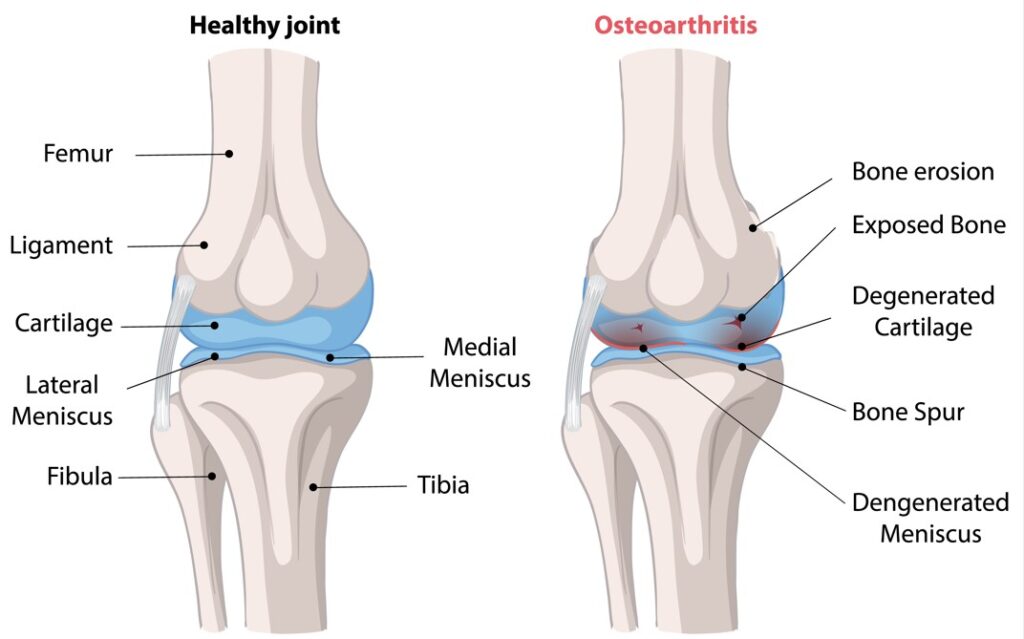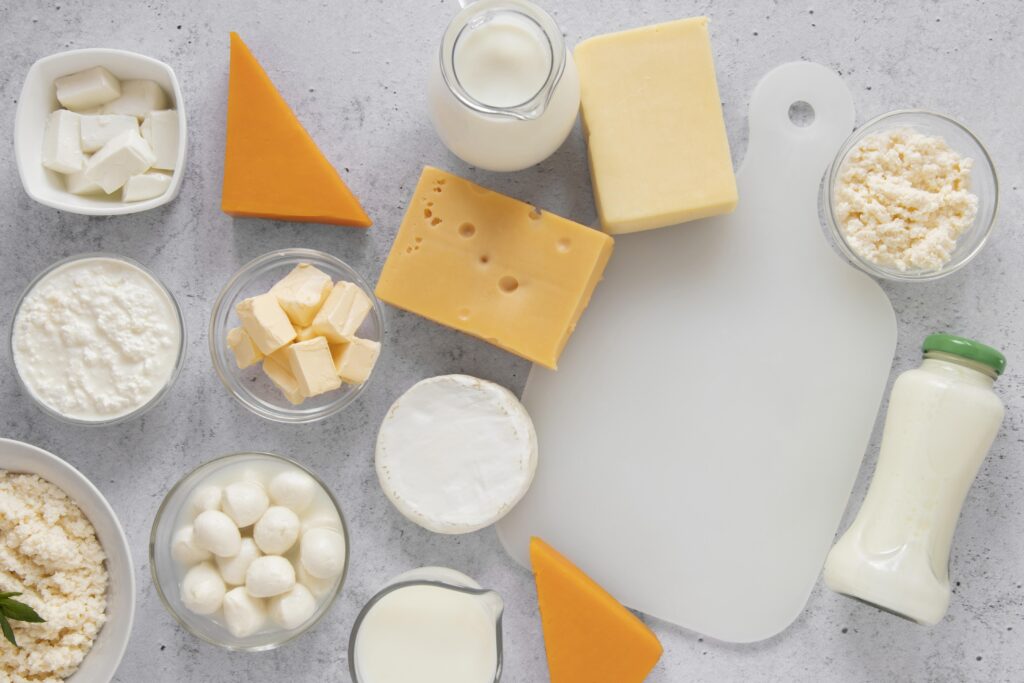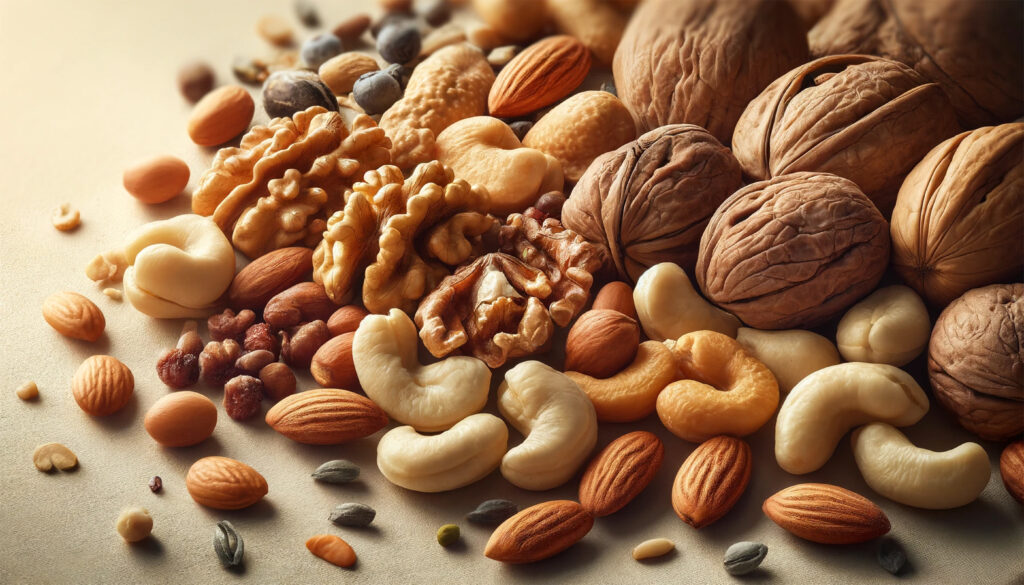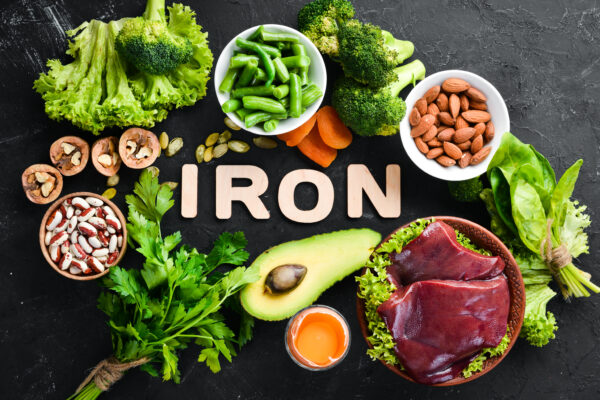Understanding Osteoarthritis: Beyond Wear and Tear
A lot of people suffer from painful and swollen joints associated with arthritis. Osteoarthritis (OA) is a degenerative disease of the joints which is characterised by degradation of articular cartilage, synovitis, and changes to subchondral bone which shows altered transformation.

OA has commonly been credited to the “wear and tear” of ageing, it is now understood as a complex illness involving the breakdown of cartilage between bones, bone remodelling, and joint swelling.
OA and many cardiovascular diseases share some risk factors such as hypertension, diabetes, high cholesterol, and overweight.
Calcium-rich foods for Osteoarthritis
Calcium plays an important role in this recovery phase. It helps to re-establish bone density and strength, which is necessary for the healing process.
1. Calcium-Rich Dairy: Key to Strong Bones and Joints
Milk produced from high-vaccinated cows provided meaningful health benefits to individuals suffering from varying degrees of osteoarthritis. Milk promotes bone growth and density, either as a source of calcium or via improving intestinal calcium uptake.
Dairy products may represent the best dietary sources of calcium because of their high content, high absorptive rate, and relatively low cost.

Cheese
In most cheese, some water-soluble vitamins, such as folate, niacin, B12 and riboflavin, are noted in sufficient quantities to have a significant effect on human nutrition.
Yoghurt
Yoghurt is a rich source of calcium, providing remarkable amounts in a bio-available form. One cup of yoghurt (245 g) covers 40% of the Reference Nutrient intake (RNI) in calcium.
2. Vegetables: Natural Anti-Inflammatories for Joint Health
Vegetables are rich in antioxidants and other nutrients that protect against cell damage and lower inflammation throughout the body, including joints.
Green Leafy Vegetables
Certain foods have been shown to fight inflammation, including vegetables such as potatoes, carrots, and red peppers; and grains such as barley and wheat. Spinach leaves were used as traditional Persian medicine for joint pains. The Anti-osteoarthritic and chondroprotective effects of spinach extract examined on chemically induced osteoarthritis.
Soybean
It prevents the breakdown of cartilage and increases cartilage repair by inhibiting several molecules and pathways involved in OA.

3. Fruits and Arthritis: A Delicious Solution
Fruits, such as berries and juices derived from grapes, blueberries, cranberries, cherries, apples, oranges, and pomegranates and their bioactive polyphenols reduce symptoms of arthritis.
4. Fish Oils: Essential for OA Relief
Contains essential polyunsaturated omega-3 fatty acids, EPA and DHA, which reduce pain and stiffness in OA patients as well as increase motility.
5. Nuts and Seeds: Heart-Healthy Choices for Arthritis

Many nuts and seeds such as Walnuts, Peanuts, and Almonds are good sources of polyunsaturated and monounsaturated fats, which lower cholesterol and reduce the risks for heart disease that are high in people with certain types of arthritis.
Calcium-Rich Diet: A Solution for Joint Pain

Incorporating calcium-rich foods into the diet is essential for individuals suffering from osteoarthritis. Dairy products, green leafy vegetables, fruits, fish oil, nuts and seeds not only help in maintaining bone density and strength but also reduce inflammation and support overall joint health.
Additionally, these foods can help mitigate the risk factors shared between osteoarthritis and cardiovascular diseases, promoting better overall health.
By including these nutrient-dense foods, osteoarthritis patients can manage their symptoms more effectively and improve their quality of life. For more personalized advice or in severe cases, it is important to consult a doctor.

























